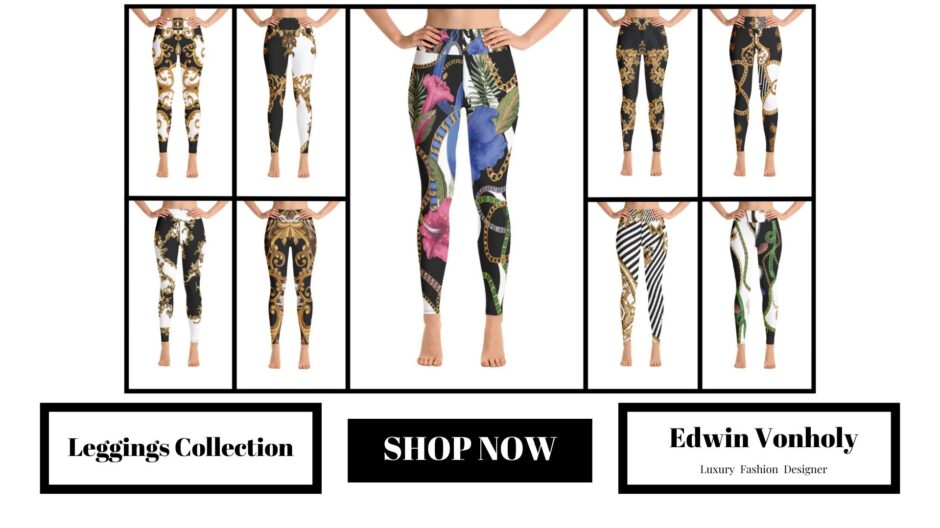Contouring is a beloved makeup technique that adds definition and dimension to the face by creating shadows and highlights. When it comes to contour products, cream and powder formulas are the two most popular options. Each has its own advantages and challenges, making them suited to different skin types, preferences, and makeup styles. This article explores the pros and cons of cream versus powder contour makeup to help you decide which formula is best for your beauty routine.

What Is Cream Contour Makeup?
Cream contour products have a creamy, smooth texture that blends easily into the skin. They usually come in sticks, pots, or compacts and provide a dewy, natural finish. Cream contours are known for their blendability and ability to create soft, seamless shadows.
Pros of Cream Contour
- Hydrating: Cream formulas often contain moisturizing ingredients, making them ideal for dry or mature skin.
- Blendable: They blend effortlessly with fingers, sponges, or brushes for a natural look.
- Buildable coverage: Easy to layer to achieve subtle or intense contouring.
- Long-lasting: Creams can adhere well to the skin, especially when set with powder.
- Multi-use: Some creams double as concealers or foundations for added versatility.
Cons of Cream Contour
- May feel heavy: Can feel thick or sticky on oily skin if not set properly.
- Requires prep: Works best on well-moisturized skin to prevent patchiness.
- Application tools: Needs blending tools like beauty sponges or brushes for best results.
- Less suitable for beginners: Can be tricky to blend seamlessly without practice.
What Is Powder Contour Makeup?
Powder contour comes in pressed or loose powder form and is applied with brushes. It’s popular for its lightweight feel and matte finish, making it a favorite among many makeup artists.
Pros of Powder Contour
- Matte finish: Ideal for oily or combination skin types that need shine control.
- Easy to apply: Powder formulas are generally beginner-friendly and easy to blend.
- Buildable intensity: Allows gradual layering for a natural or dramatic look.
- Sets makeup: Helps set liquid or cream base makeup, reducing shine.
- Portable: Compact powders are travel-friendly and convenient for touch-ups.
Cons of Powder Contour
- Can be drying: May emphasize dry patches or texture on dry or mature skin.
- Less hydrating: Doesn’t provide moisture, so may feel powdery or cakey if over-applied.
- Fallout risk: Loose powders can create mess during application.
- Less forgiving: Can be harder to blend out harsh lines if applied too heavily.
Which Should You Choose?
For Dry or Mature Skin
Cream contour is usually better because it hydrates and creates a dewy, natural finish without clinging to dry areas.
For Oily or Combination Skin
Powder contour is often preferred as it absorbs excess oil and keeps the skin matte throughout the day.
For Beginners
Powders tend to be easier to control and blend, making them ideal for those new to contouring.
For On-the-Go Application
Powder contours are more convenient and less messy for quick touch-ups during the day.
Tips for Using Cream and Powder Contours Together
Many makeup enthusiasts combine cream and powder contours for the best of both worlds:
- Start with a cream contour to sculpt and add natural depth.
- Set and enhance the contour with a powder product to increase longevity and matte finish.
- This layering technique works well across all skin types and ensures a flawless look.
Final Thoughts
Both cream and powder contour makeup have unique strengths and weaknesses. Choosing between them depends on your skin type, makeup preferences, and skill level. Cream contours offer hydration and a natural finish, perfect for dry skin and experienced users. Powder contours provide ease of use, matte control, and portability, ideal for oily skin and beginners. Experiment with both to find your perfect contour formula and achieve sculpted, radiant looks every time.